

- RFQ
- BOM
-
Contact Us
Tel: +86-0755-83501315
Email: sales@sic-components.com
- Chinese
- English
- French
- German
- Portuguese
- Spanish
- Russian
- Japanese
- Korean
- Arabic
- Irish
- Greek
- Turkish
- Italian
- Danish
- Romanian
- Indonesian
- Czech
- Afrikaans
- Swedish
- Polish
- Basque
- Catalan
- Esperanto
- Hindi
- Lao
- Albanian
- Amharic
- Armenian
- Azerbaijani
- Belarusian
- Bengali
- Bosnian
- Bulgarian
- Cebuano
- Chichewa
- Corsican
- Croatian
- Dutch
- Estonian
- Filipino
- Finnish
- Frisian
- Galician
- Georgian
- Gujarati
- Haitian
- Hausa
- Hawaiian
- Hebrew
- Hmong
- Hungarian
- Icelandic
- Igbo
- Javanese
- Kannada
- Kazakh
- Khmer
- Kurdish
- Kyrgyz
- Latin
- Latvian
- Lithuanian
- Luxembou..
- Macedonian
- Malagasy
- Malay
- Malayalam
- Maltese
- Maori
- Marathi
- Mongolian
- Burmese
- Nepali
- Norwegian
- Pashto
- Persian
- Punjabi
- Serbian
- Sesotho
- Sinhala
- Slovak
- Slovenian
- Somali
- Samoan
- Scots Gaelic
- Shona
- Sindhi
- Sundanese
- Swahili
- Tajik
- Tamil
- Telugu
- Thai
- Ukrainian
- Urdu
- Uzbek
- Vietnamese
- Welsh
- Xhosa
- Yiddish
- Yoruba
- Zulu
- Kinyarwanda
- Tatar
- Oriya
- Turkmen
- Uyghur
Flat Capacitor
In the realm of electronics, capacitors are fundamental components responsible for storing electrical energy in an electric field. Flat capacitors, a specific type within this broad category, have distinct characteristics that make them suitable for a wide range of applications. (https://www.sic-components.com/capacitors)
Basic Structure
A flat capacitor typically consists of two parallel conductive plates, often made of metal such as aluminum or copper. These plates are flat, of equal size, and placed in close proximity to each other. Between the plates, an insulating material known as a dielectric is inserted. The dielectric can be various substances, including air, ceramic, plastic films (like polyester or polypropylene), or electrolytes in the case of electrolytic flat capacitors.
Working Principle
When a voltage is applied across the two plates of a flat capacitor, electric charges accumulate on the plates. The plate connected to the positive terminal of the voltage source accumulates positive charges, while the other plate accumulates an equal amount of negative charges. This charge separation creates an electric field between the plates. The ability of the capacitor to store charge is quantified by its capacitance (C), which is measured in farads (F). For a flat capacitor, the capacitance can be calculated using the formula: C=
ϵA/d,where epsilon is the permittivity of the dielectric material between the plates, A is the area of the plates, and d is the distance between the plates. The permittivity of a material is related to how well it can support the formation of an electric field. For example, the permittivity of free space (epsilon_0) is approximately 8.85*10^-12 F/m. When a dielectric material is present, its relative permittivity (k) modifies the overall permittivity as ϵ=ϵ0k. Materials with higher relative permittivities, such as certain ceramics or electrolytes, can significantly increase the capacitance of a flat capacitor.
Types of Flat Capacitors
Flat Film Capacitors
Construction: Flat film capacitors use thin plastic films as dielectrics. Polyester (Mylar) and polypropylene are common choices. A thin layer of metal, either evaporated or metallized onto the film, serves as the electrodes. These capacitors are often wound in a flat, compact manner. For instance, in a metallized polypropylene flat film capacitor, a layer of polypropylene film has a thin layer of metal (such as aluminum) deposited on it. Multiple layers of this metal - film combination are then stacked or wound to form the capacitor.
Characteristics: They offer low losses, good stability over a wide temperature range, and relatively high self - resonant frequencies. Flat film capacitors are also known for their self - healing properties in the case of metallized versions. If a small puncture occurs in the dielectric due to a voltage spike, the metal in the immediate vicinity of the puncture vaporizes, isolating the damaged area and restoring the capacitor's functionality.
Applications: They are widely used in audio circuits, where their low - loss characteristics help in maintaining high - quality sound reproduction. In power factor correction circuits, flat film capacitors are used to improve the efficiency of electrical systems by adjusting the power factor. They are also found in motor - starting circuits, such as in household appliances like washing machines and refrigerators.
Flat Electrolytic Capacitors
Construction: Flat electrolytic capacitors have a more complex structure. They consist of a metal foil (usually aluminum) as the anode, which is oxidized to form a thin layer of aluminum oxide. This oxide layer acts as the dielectric. The cathode is typically a conductive electrolyte, which can be in liquid or solid form, and a second metal foil or a conductive polymer layer. The whole assembly is often enclosed in a flat - shaped case. For example, in a flat aluminum electrolytic capacitor, the anode foil is anodized to create the dielectric oxide layer, and the electrolyte is contained within the capacitor housing, in contact with the anode and a cathode structure.
Characteristics: They are capable of providing high capacitance values in a relatively small volume. However, they are polarized, meaning that the voltage applied across them must be of the correct polarity. Incorrect polarity can cause the capacitor to overheat, bulge, or even explode. Flat electrolytic capacitors also have a relatively high equivalent series resistance (ESR) compared to some other capacitor types, which can lead to power losses and heat generation in certain applications.
Applications: They are commonly used in power supply circuits for filtering out low - frequency ripple currents. In electronic devices such as computers, flat electrolytic capacitors are used in the power supply units to smooth the DC output voltage. They are also used in some audio amplifier circuits for coupling and decoupling purposes, where their high capacitance can help in passing low - frequency signals while blocking DC components.
Flat Ceramic Capacitors
Construction: Flat ceramic capacitors are made by depositing conductive electrodes on both sides of a ceramic dielectric. The ceramic material can be a simple oxide or a more complex ceramic formulation. Multilayer flat ceramic capacitors are constructed by stacking multiple layers of ceramic with interleaved electrodes. Each layer contributes to the overall capacitance, allowing for high - capacitance values in a small, flat package.
Characteristics: They offer high stability, low losses, and excellent high - frequency performance. Ceramic flat capacitors can be designed to have very low equivalent series inductance (ESL) and ESR, making them ideal for high - speed digital and RF (radio - frequency) applications. They also come in a wide range of capacitance values and voltage ratings.
Applications: In high - frequency circuits, such as those in wireless communication devices like smartphones and Wi - Fi routers, flat ceramic capacitors are used for filtering, coupling, and decoupling signals. They are also used in precision timing circuits, where their stability is crucial for accurate timekeeping. In automotive electronics, flat ceramic capacitors are used in engine control units, anti - lock braking systems, and other electronic components that require reliable performance in harsh environments.
Flat Supercapacitors (Electrochemical Double - Layer Capacitors - EDLCs)
Construction: Flat supercapacitors have a unique structure. They use two porous carbon - based electrodes separated by an electrolyte and a separator. The porous nature of the electrodes provides a large surface area, which allows for the accumulation of a significant amount of charge at the electrode - electrolyte interface. The separator prevents electrical short - circuits between the two electrodes while allowing the flow of ions.
Characteristics: They can store much more energy than traditional capacitors and have a much higher power density compared to batteries. Flat supercapacitors can charge and discharge very quickly, often in seconds, and can withstand a large number of charge - discharge cycles (up to hundreds of thousands or even millions). However, their operating voltage is relatively low compared to some other capacitor types.
Applications: They are used in applications where quick bursts of power are required, such as in regenerative braking systems in electric vehicles. In portable electronics, flat supercapacitors can be used to provide backup power during short power outages or to supplement battery power during high - current demand situations. They are also used in some industrial applications, like forklift trucks, where they can help in reducing the charging time and increasing the overall efficiency of the vehicle.
Applications of Flat Capacitors
Consumer Electronics
Smartphones and Tablets: Flat ceramic capacitors are extensively used in smartphones and tablets. They are used in the power management circuits to filter out noise and stabilize the voltage supply to the various components, such as the processor, memory, and display. Flat film capacitors may be used in the audio circuits for high - quality sound output. In some cases, flat supercapacitors are being explored as a way to provide quick charge - discharge capabilities for functions like fast - charging or powering short - term high - power operations, such as taking high - resolution photos or running resource - intensive apps.
Televisions and Audio Equipment: In televisions, flat electrolytic capacitors are used in the power supply section to filter the incoming AC voltage and provide a stable DC voltage for the internal circuits. Flat film capacitors are used in the audio amplifiers to improve the sound quality by reducing distortion. In high - end audio equipment, such as audiophile speakers and amplifiers, flat film capacitors are often preferred for their low - loss and high - stability characteristics, which are crucial for accurate audio reproduction.
Automotive Electronics
Engine Control Units (ECUs): Flat ceramic capacitors play a vital role in ECUs. They are used to filter out electrical noise from the engine environment, which can interfere with the sensitive electronic components in the ECU. The high - frequency performance of flat ceramic capacitors makes them ideal for ensuring the reliable operation of the ECU's digital and analog circuits. Flat electrolytic capacitors may also be used in the power supply circuits of the ECU to handle the high - current demands and smooth out the voltage fluctuations.
Automotive Lighting: Flat capacitors are used in automotive lighting systems. For example, in LED - based headlights, flat film capacitors can be used to regulate the current flowing through the LEDs, ensuring consistent brightness and long - term reliability. In some cases, flat supercapacitors can be used to provide a quick burst of power to the headlights during sudden high - brightness requirements, such as when flashing the lights.
Infotainment Systems: In - vehicle infotainment systems use flat capacitors for various purposes. Flat ceramic capacitors are used in the signal processing circuits to filter and couple signals, while flat electrolytic capacitors are used in the power supply section to provide stable power for the system's components, such as the display, audio amplifier, and navigation unit.
Industrial Electronics
Industrial Control Systems: In industrial control systems, such as programmable logic controllers (PLCs) and motor drives, flat capacitors are used for multiple functions. Flat film capacitors are used in the power factor correction circuits to improve the efficiency of the electrical system. Flat electrolytic capacitors are used to filter out the low - frequency ripple currents in the power supply circuits, ensuring stable operation of the control system. Flat ceramic capacitors are used in the high - speed communication and signal processing circuits within the PLCs and motor drives to reduce noise and interference.
Power Electronics: In power electronics applications, such as DC - DC converters and inverters, flat capacitors are essential. Flat film capacitors are used in the output filtering circuits to smooth the DC output voltage of the converters. Flat electrolytic capacitors can be used in the input filtering circuits to reduce the impact of voltage transients on the power electronics devices. Flat supercapacitors can be used in some power - intensive industrial applications to store energy and provide quick bursts of power during peak demand periods.
Sensing and Monitoring Systems: In industrial sensing and monitoring systems, flat capacitors are used in the sensor interface circuits. For example, in a pressure sensor circuit, a flat ceramic capacitor may be used to filter out the electrical noise and ensure accurate signal transmission from the sensor to the data acquisition system. Flat electrolytic capacitors can be used in the power supply circuits for the sensors to provide stable power.
Medical Electronics
Medical Monitoring Devices: In devices like electrocardiogram (ECG) machines, flat capacitors are used to filter out electrical interference and noise from the patient's body signals. Flat ceramic capacitors are often used in the front - end signal conditioning circuits due to their high - frequency performance and stability. Flat electrolytic capacitors are used in the power supply circuits of these devices to provide a clean and stable power source. In blood pressure monitors and pulse oximeters, flat capacitors play similar roles in ensuring accurate signal processing and power supply stability.
Medical Imaging Equipment: In medical imaging equipment such as X - ray machines and magnetic resonance imaging (MRI) systems, flat capacitors are used in various circuits. In the high - voltage power supply circuits of X - ray machines, flat film capacitors may be used to handle the high - voltage and high - power requirements. In the signal processing and control circuits of MRI systems, flat ceramic capacitors are used to reduce noise and ensure the accurate operation of the complex electronics involved in image acquisition and processing.
Design Considerations for Using Flat Capacitors
Capacitance Selection
The required capacitance value depends on the specific application. For filtering applications, such as removing ripple from a power supply, a larger capacitance value is generally needed for lower - frequency ripple. In high - frequency circuits, smaller capacitance values may be sufficient for decoupling and filtering purposes. The capacitance formula for a flat capacitor C=ϵA/d,shows that to increase capacitance, one can increase the plate area (A), decrease the distance between the plates (d), or use a dielectric material with a higher permittivity (ϵ). However, decreasing the plate distance too much can lead to issues such as breakdown voltage limitations, and increasing the plate area may result in a larger - sized capacitor.
Voltage Rating
The voltage rating of a flat capacitor must be higher than the maximum voltage it will experience in the circuit. Exceeding the voltage rating can cause the dielectric to break down, leading to capacitor failure. In AC circuits, the peak voltage of the AC signal must be considered when choosing the voltage rating. For example, in a circuit with a 120 V RMS AC voltage, the peak voltage (Vpeak=VRMS*sqrt2) is approximately 170 V. So, a capacitor used in this circuit should have a voltage rating well above 170 V to ensure reliable operation.
Equivalent Series Resistance (ESR) and Equivalent Series Inductance (ESL)
ESR: ESR represents the resistive losses in a capacitor. In applications where power dissipation is a concern, such as in high - current power supply filtering, capacitors with low ESR should be selected. High ESR can cause the capacitor to heat up, reducing its efficiency and lifespan. Flat electrolytic capacitors typically have higher ESR compared to flat film or ceramic capacitors, so in applications where low ESR is crucial, film or ceramic capacitors may be a better choice.
ESL: ESL is the parasitic inductance associated with a capacitor. At high frequencies, ESL can cause the capacitor to exhibit inductive behavior, reducing its effectiveness as a capacitor. Flat ceramic capacitors are known for their low ESL, making them suitable for high - frequency applications. In circuits where high - frequency performance is critical, capacitors with low ESL should be used to ensure proper filtering and signal coupling.
Temperature and Environmental Considerations
Temperature Coefficient: The capacitance of a capacitor can change with temperature. Different types of flat capacitors have different temperature coefficients. For example, some ceramic capacitors have a very low temperature coefficient, which means their capacitance remains relatively stable over a wide temperature range. In applications where temperature stability is important, such as in precision timing circuits, capacitors with low temperature coefficients should be selected.
Environmental Factors: Capacitors may be exposed to various environmental factors such as humidity, vibration, and chemicals. In harsh environments, capacitors with appropriate protection should be used. For example, in outdoor applications or in industrial settings where there may be exposure to moisture or chemicals, capacitors with hermetically sealed packages or coatings that are resistant to these environmental factors should be chosen to ensure long - term reliability.
Future Trends in Flat Capacitor Technology
Miniaturization and Integration
As electronic devices continue to become smaller and more integrated, there is a growing demand for smaller flat capacitors. Manufacturers are constantly working on developing new manufacturing techniques to reduce the size of flat capacitors while maintaining or improving their performance. This includes the use of thinner dielectrics and more advanced electrode deposition methods. In addition, there is a trend towards integrating capacitors directly into printed circuit boards (PCBs) or even semiconductor packages. This integration can reduce the overall size of the electronic device, improve electrical performance by minimizing parasitic effects, and simplify the manufacturing process.
New Dielectric Materials
Research is ongoing to develop new dielectric materials for flat capacitors. New materials with higher permittivities, lower losses, and better temperature stability are being explored. For example, the use of nanocomposite dielectrics, which combine the properties of different materials at the nanoscale, shows promise in improving capacitor performance. These new materials could lead to the development of flat capacitors with higher capacitance values in smaller volumes, better high - frequency performance, and improved reliability in extreme environments.
High - Voltage and High - Power Applications
There is an increasing need for flat capacitors that can handle higher voltages and powers. In applications such as electric vehicle charging stations, high - voltage power transmission, and industrial power conversion, capacitors with high voltage ratings and low losses are required. Manufacturers are developing new designs and materials to meet these demands, such as using thicker dielectrics and more robust electrode materials in flat film and ceramic capacitors to withstand higher voltages.
Energy - Efficient and Sustainable Capacitors
With the growing focus on energy efficiency and sustainability, there is a push to develop flat capacitors that consume less energy during operation and have a lower environmental impact. This includes reducing the ESR of capacitors to minimize power losses and developing capacitors that are made from more environmentally friendly materials. For example, some manufacturers are exploring the use of biodegradable dielectrics or recycled materials in the production of flat capacitors.
(https://www.sic-components.com/capacitors)

Hot Products
View MoreRelated Blogs

2000+
Daily average RFQ Volume

30,000,000
Standard Product Unit

2800+
Worldwide Manufacturers

15,000 m2
In-stock Warehouse




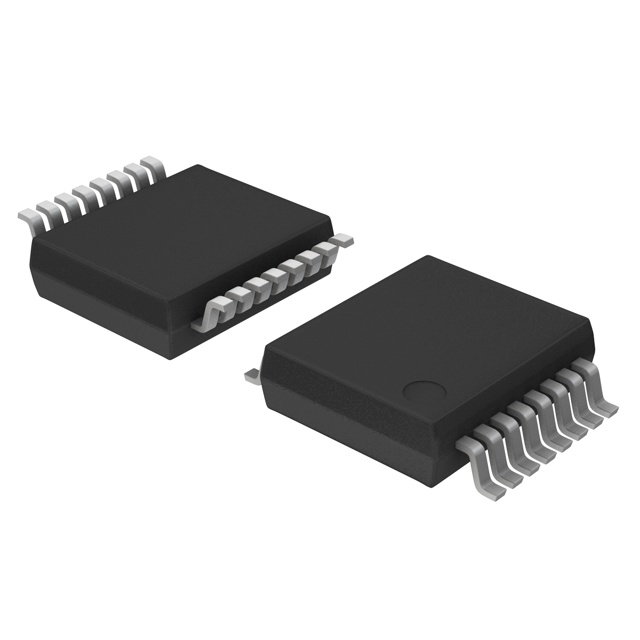

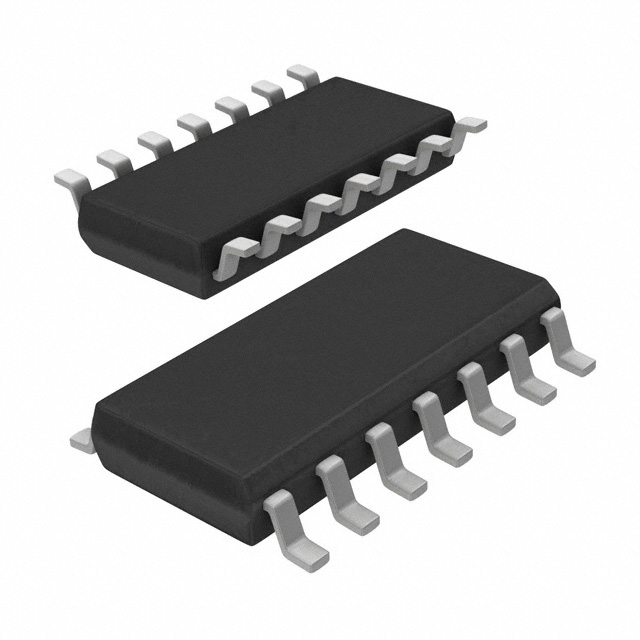

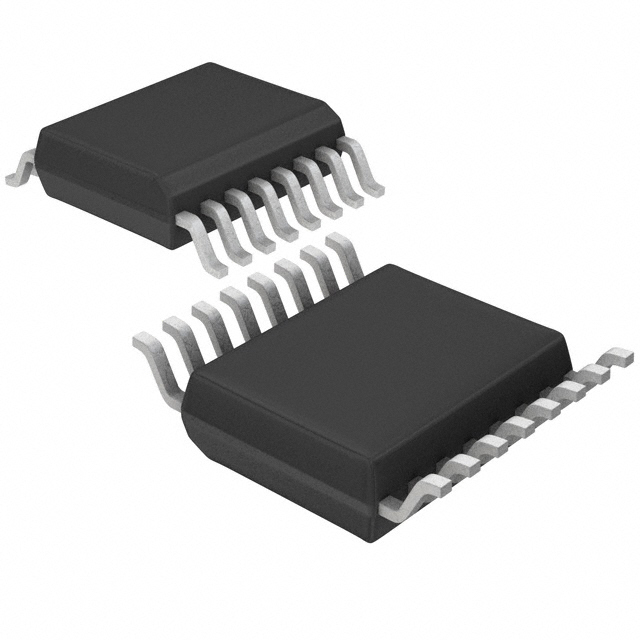



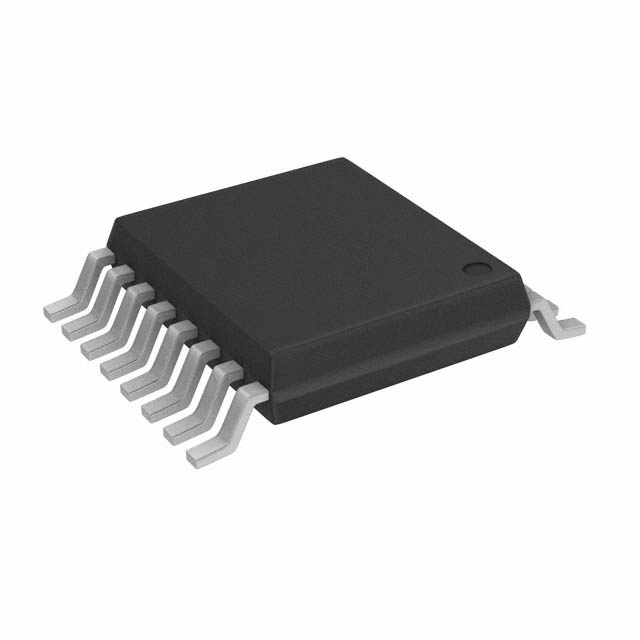
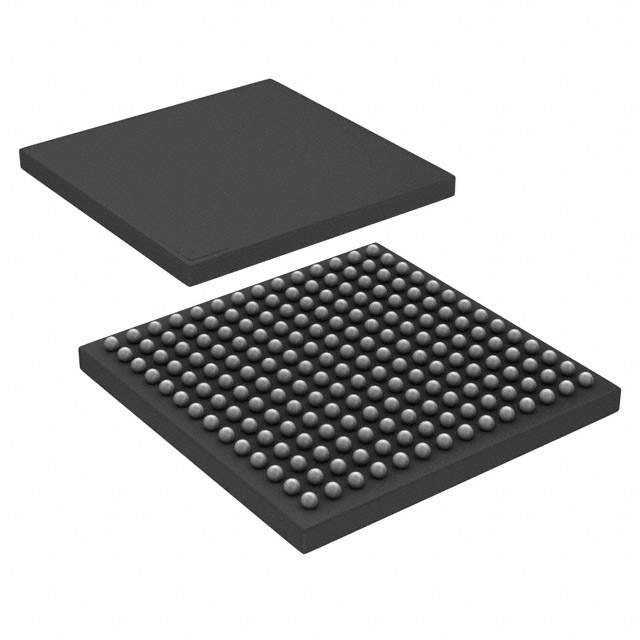
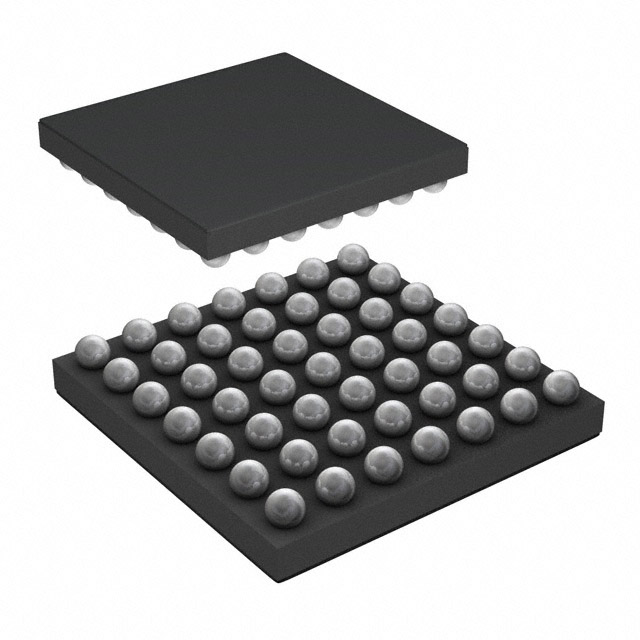
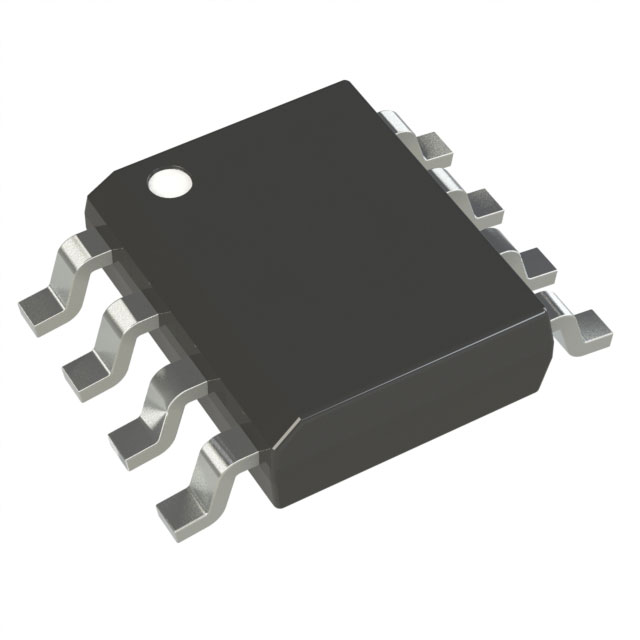
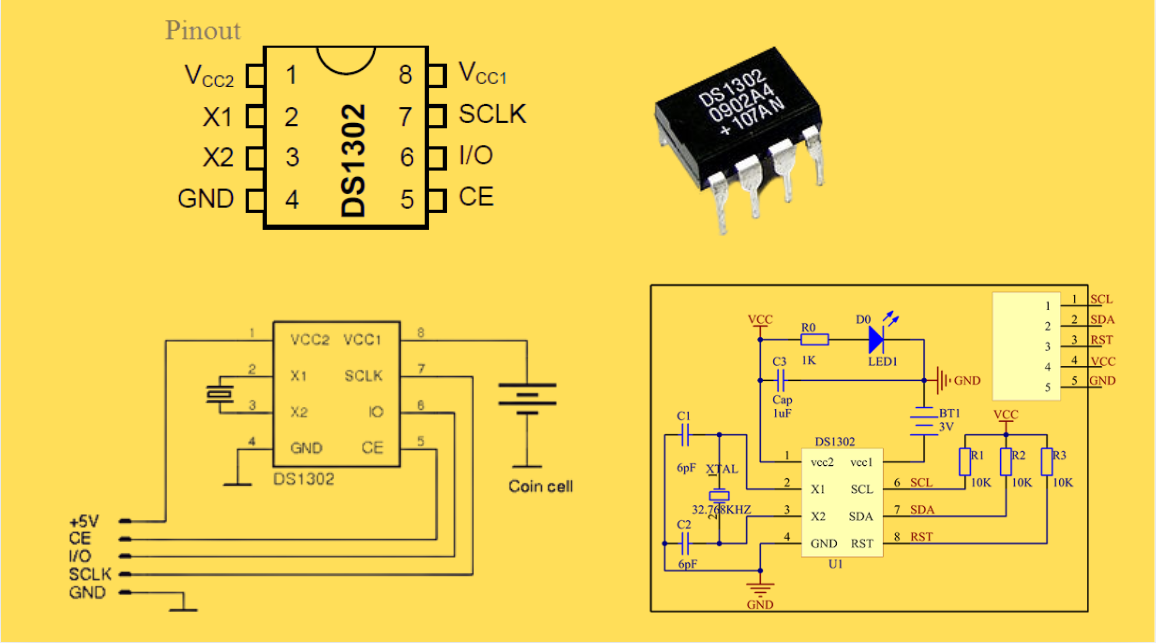
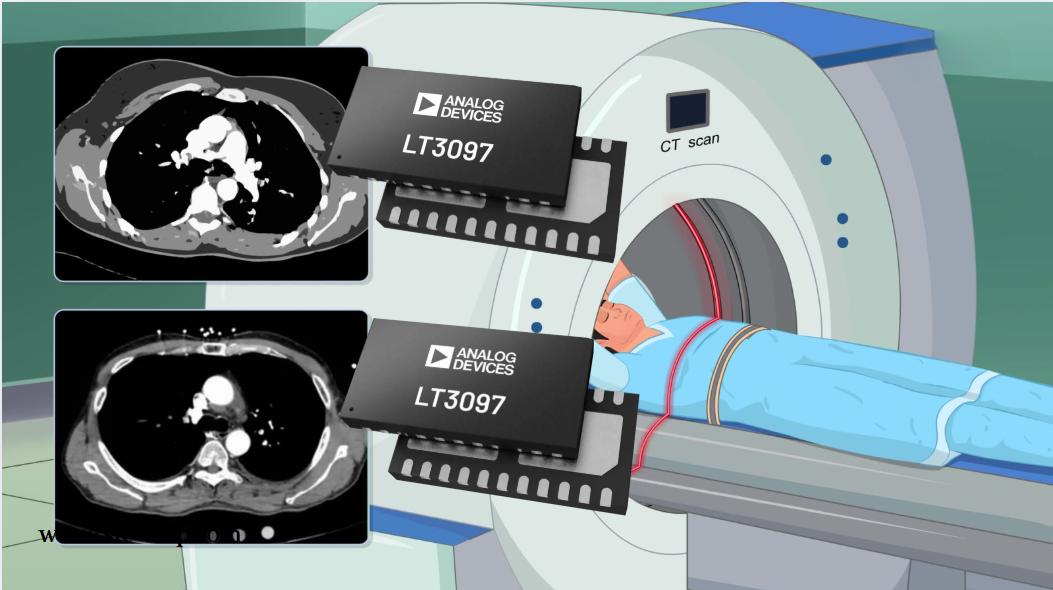
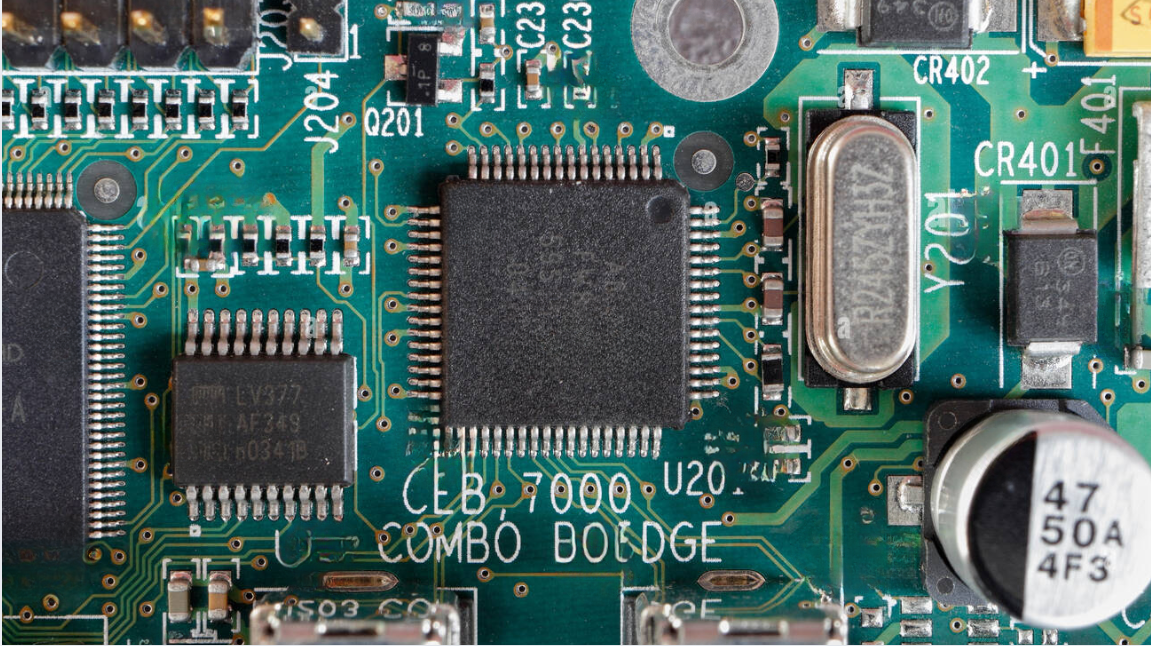
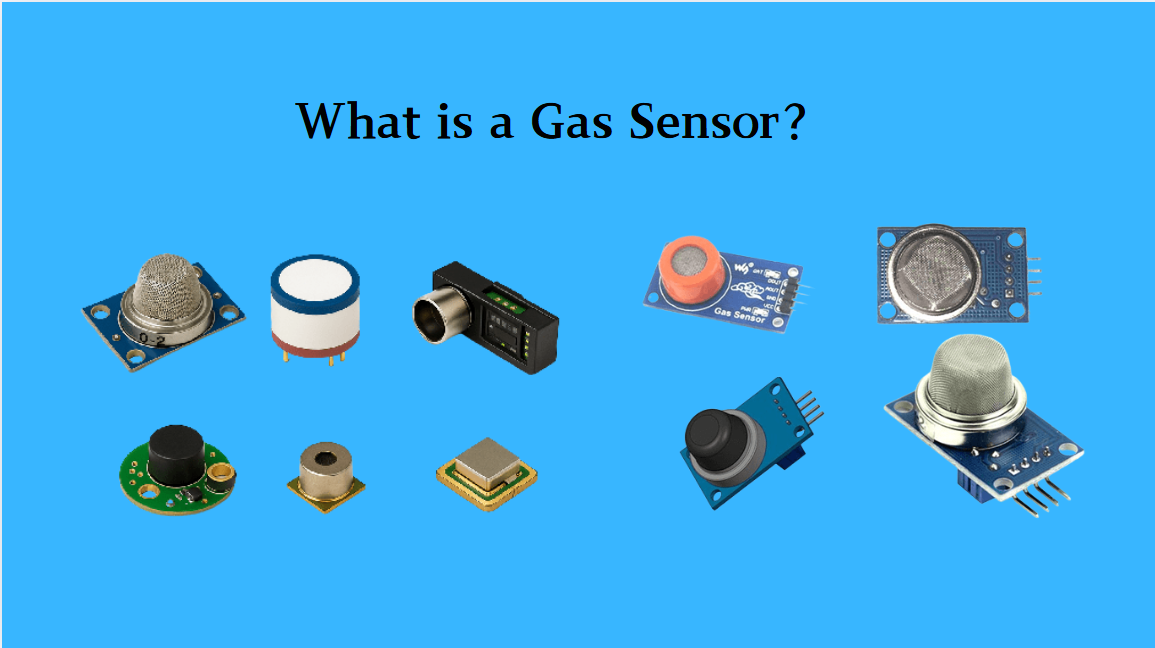
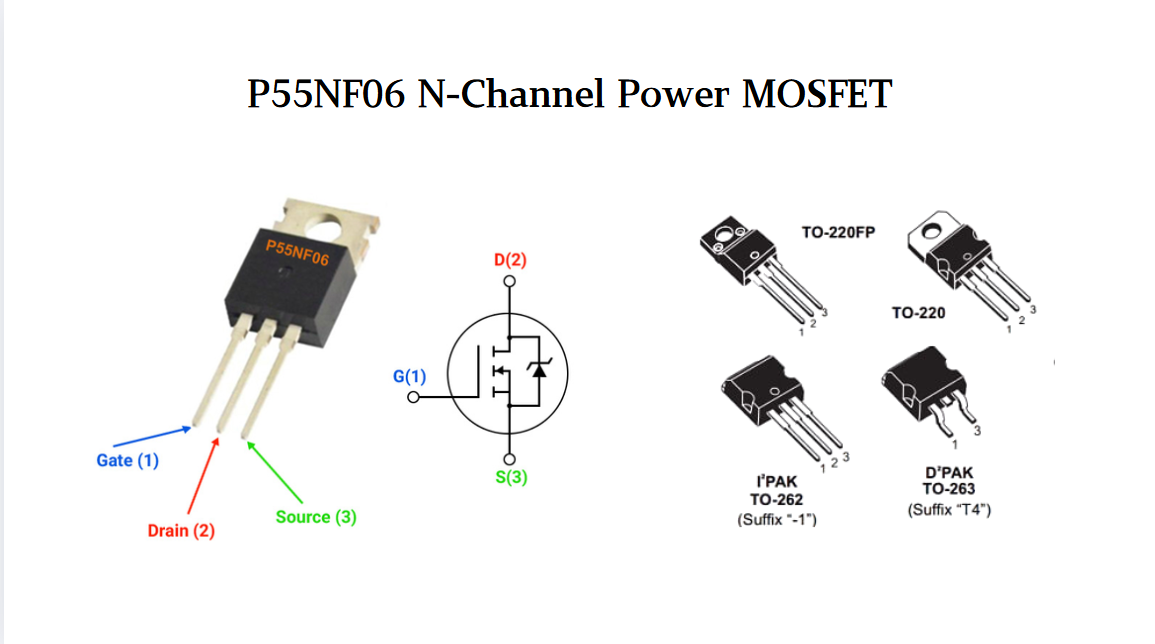
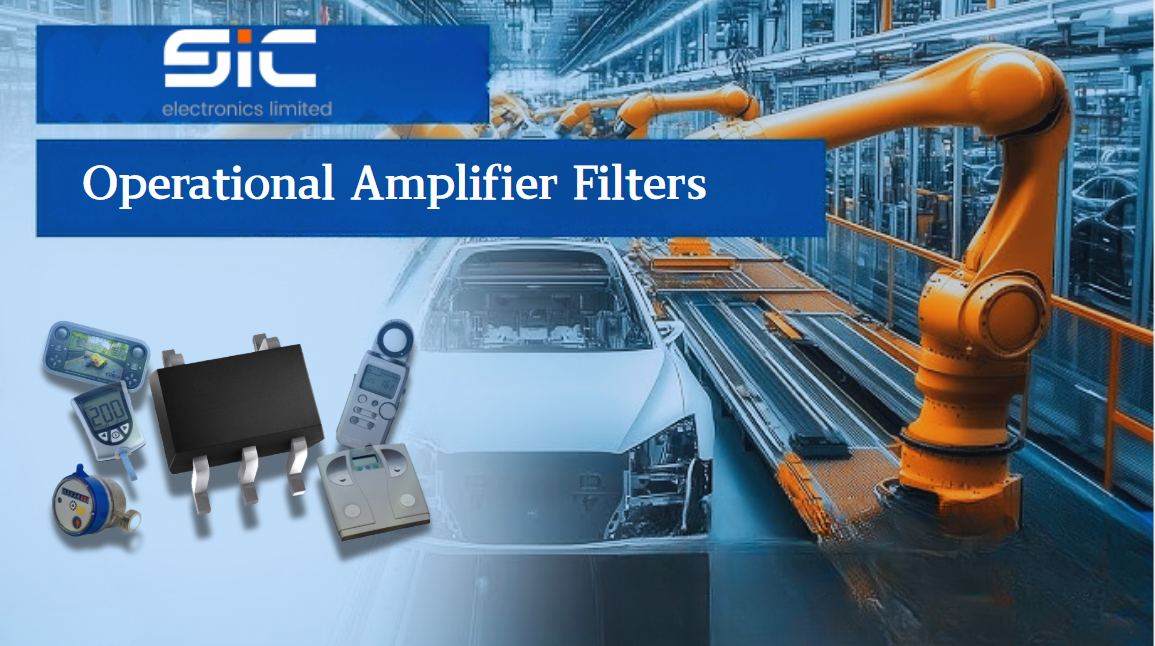

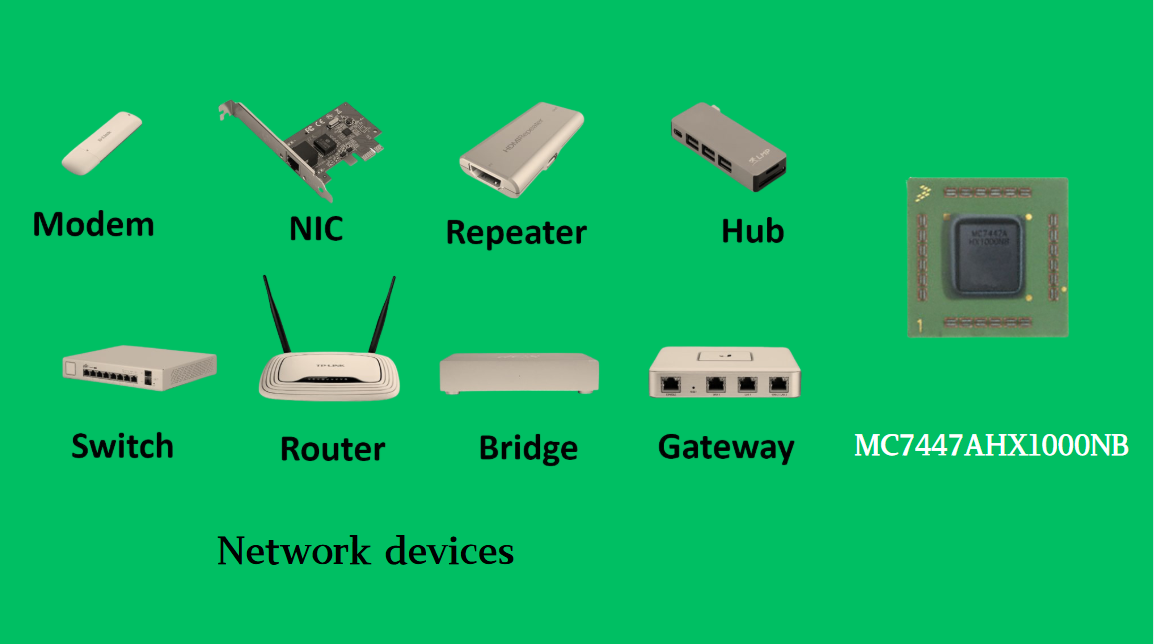
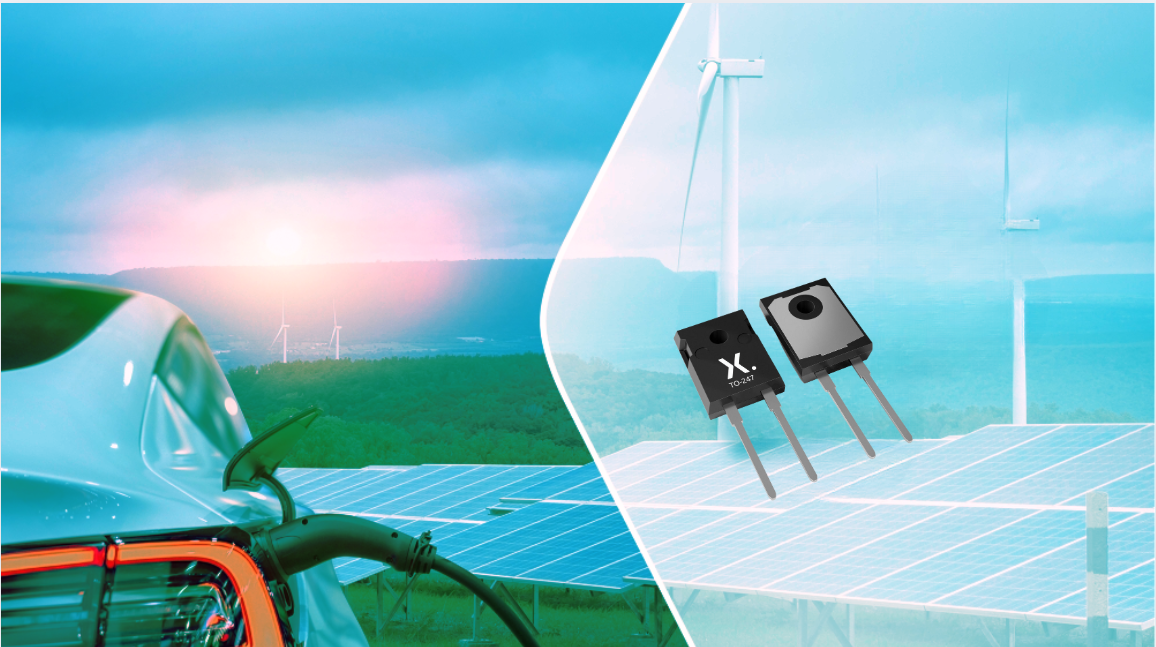
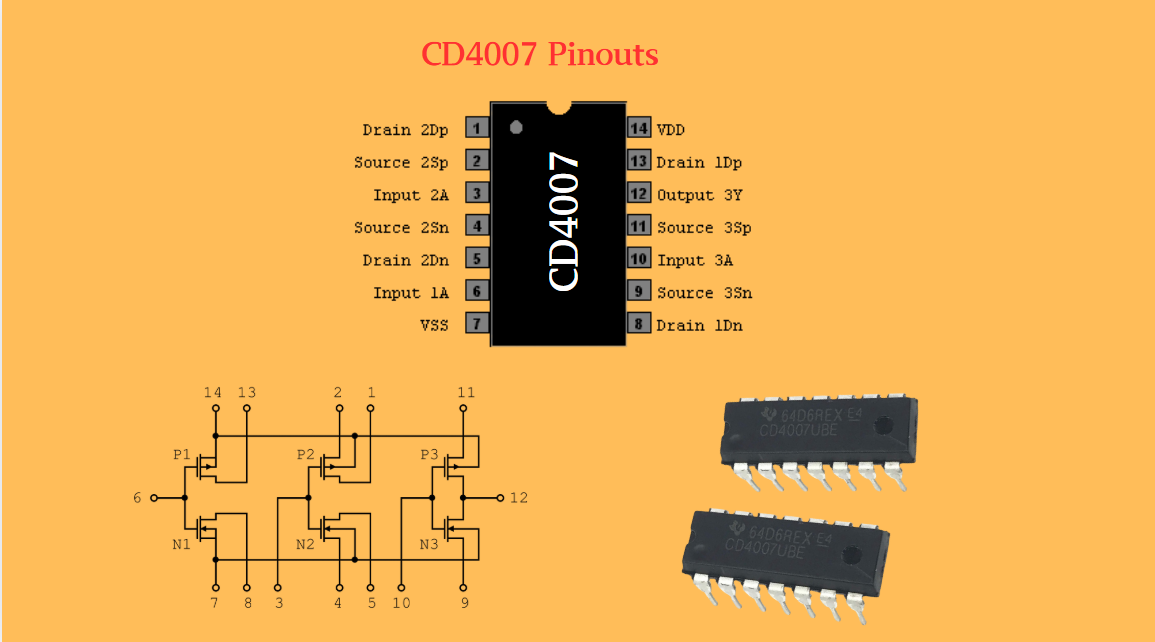
 Wishlist (0 Items)
Wishlist (0 Items)